19 countries with unique flags
Flags are more than just colorful pieces of fabric fluttering in the wind; they are emblems of national identity and cultural pride. Each flag tells a story, often steeped in history, symbolism, and tradition.
From geometric shapes to vibrant colors, the world of flags is as diverse as the countries they represent. Let’s embark on a journey to explore some of the most unique and fascinating flags from around the globe.
Bhutan: The Dragon Kingdom’s Flag
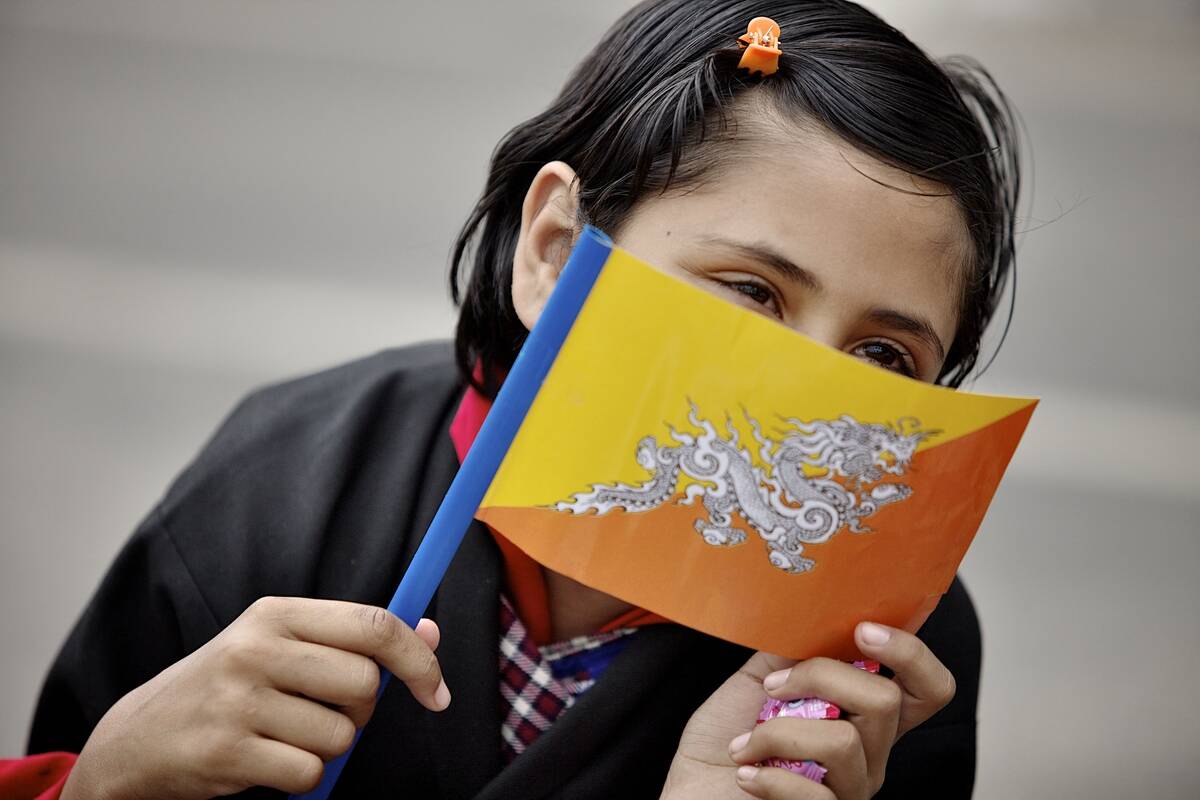
The flag of Bhutan is a striking combination of yellow and orange with a powerful white dragon, known as the Druk, stretching across the middle. The yellow symbolizes the secular authority of the King, while the orange represents the spiritual tradition of Buddhism.
The dragon, a symbol of protection and strength, clutches jewels in its claws, signifying the wealth and security of the nation. This flag vividly embodies Bhutan’s moniker as the “Land of the Thunder Dragon.”
Nepal: The Only Non-Rectangular Flag
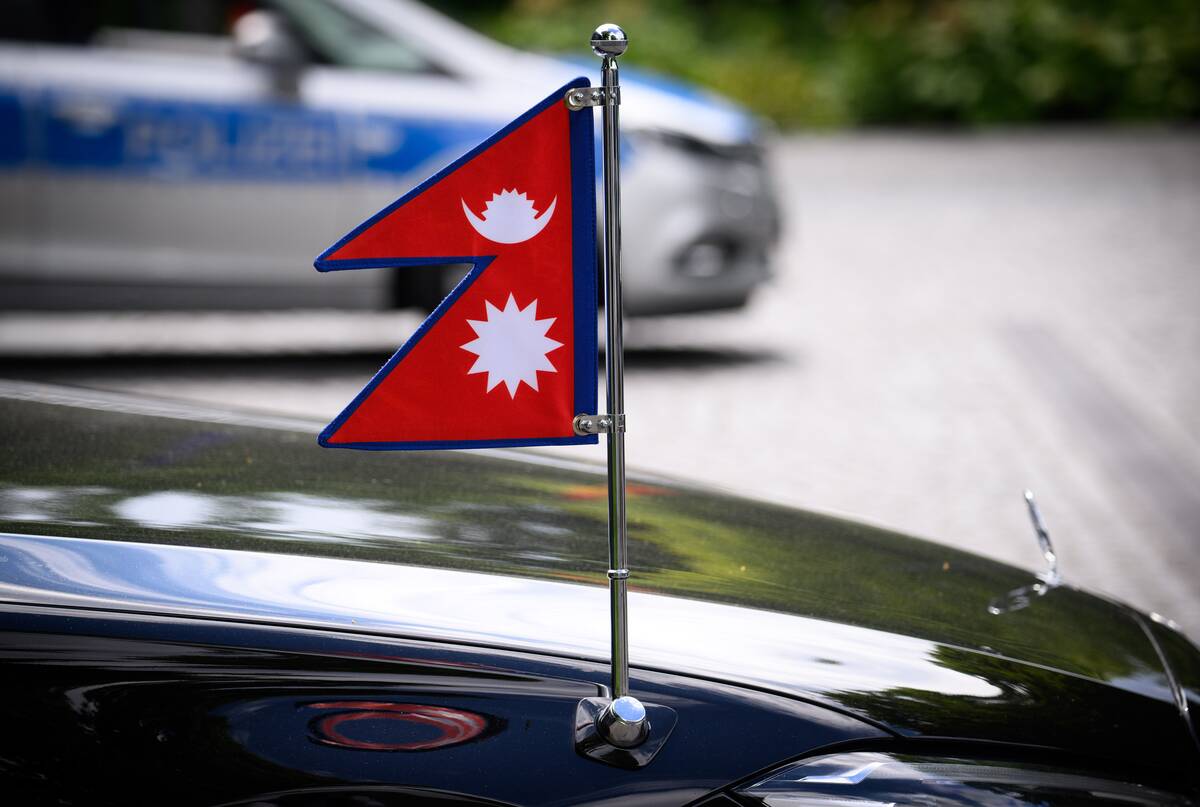
Nepal’s flag is truly one of a kind, being the only national flag in the world that is not rectangular. Its unique shape consists of two stacked triangles, symbolizing the Himalayan Mountains and the two major religions of the country, Hinduism and Buddhism.
The crimson red background reflects the bravery of the Nepalese people, while the blue border signifies peace and harmony. The moon and sun symbols reflect hope that Nepal will last as long as these celestial bodies.
Switzerland: A Square Delight
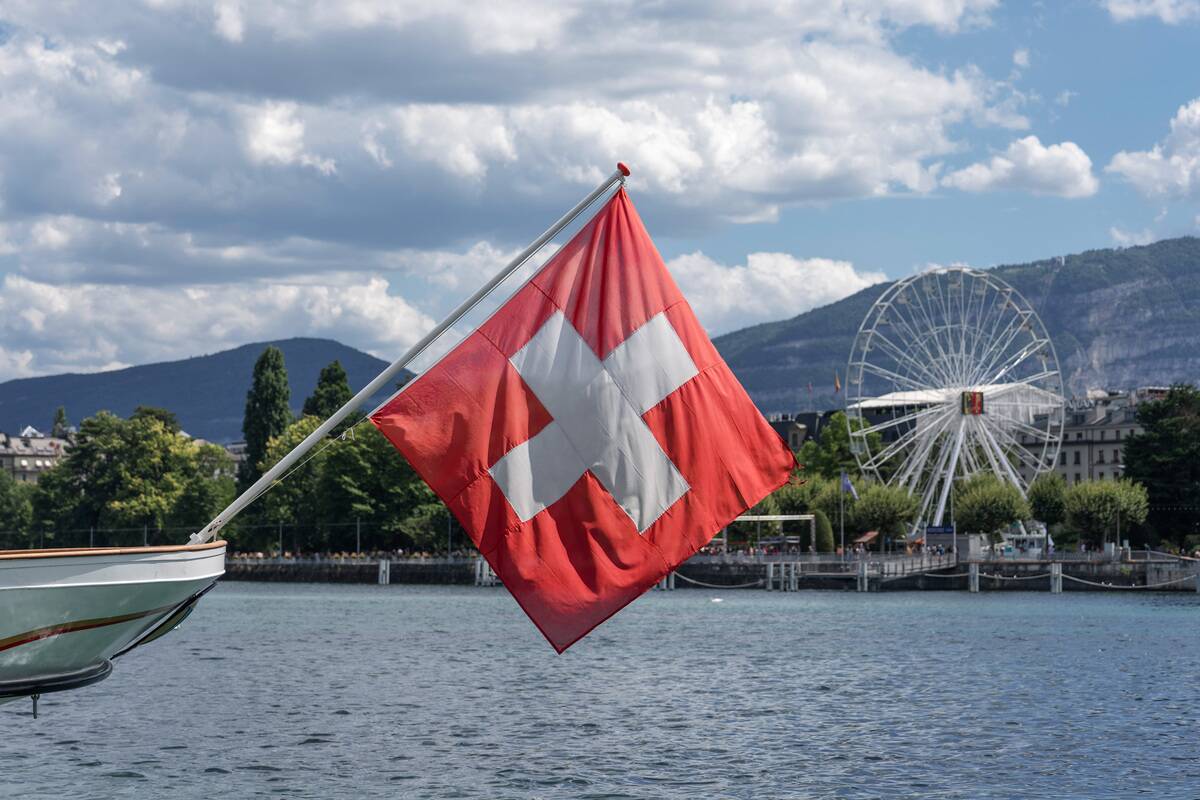
Switzerland’s flag is one of the few square national flags, a distinction it shares only with Vatican City. The red flag with a bold white cross symbolizes Switzerland’s religious history and its old confederacy. The cross is derived from the Holy Roman Empire.
The Swiss flag is so iconic that it inspired the logo of the International Red Cross, an organization founded in Switzerland, reflecting the country’s long-standing tradition of humanitarianism and neutrality.
Vatican City: A Tiny State with a Big Symbol
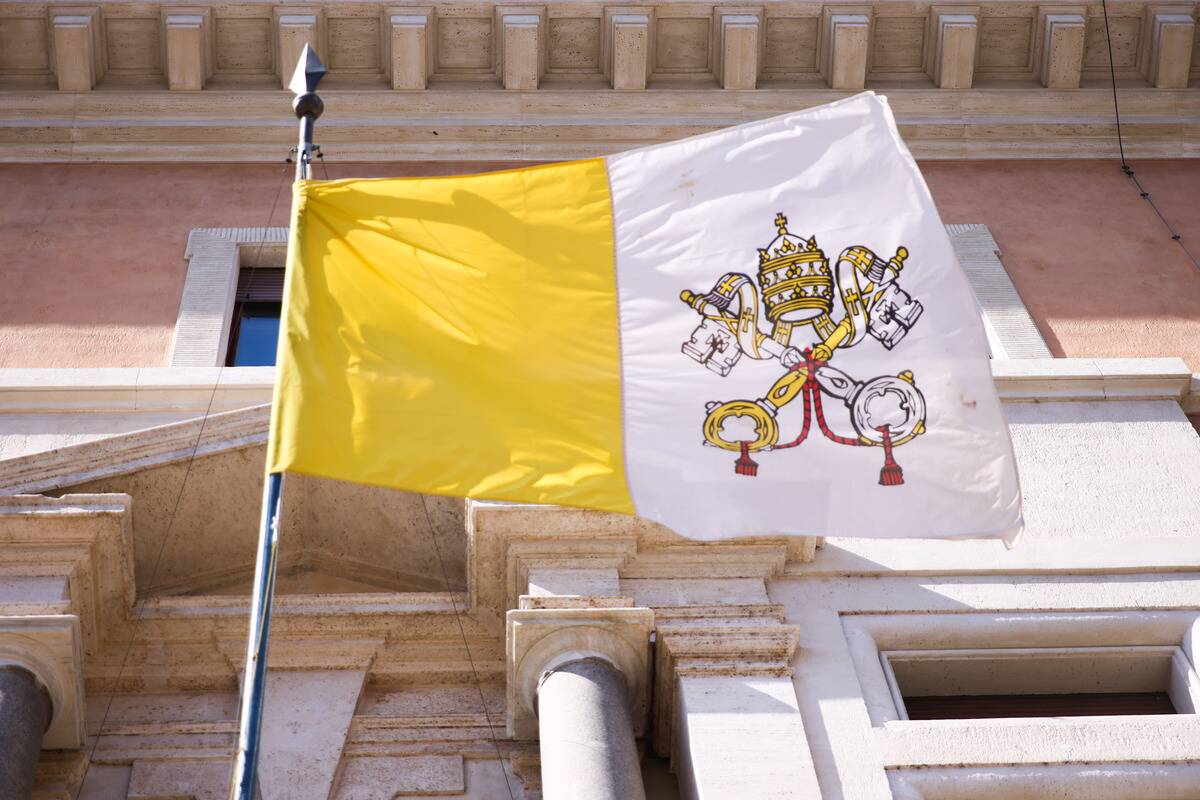
The flag of Vatican City is as distinctive as the city-state itself. Comprising two vertical bands of gold and white, it features the crossed keys of Saint Peter and the Papal Tiara in the white section.
The gold key represents spiritual power, while the silver key symbolizes worldly power. These elements reflect the Vatican’s dual role as a religious and diplomatic entity. Despite its small size, Vatican City’s flag carries immense religious significance.
Mozambique: The Only Flag with a Modern Weapon

Mozambique’s flag is notably the only national flag that features a modern weapon—an AK-47 rifle with an attached bayonet. This striking symbol represents defense and vigilance.
Alongside the rifle, the flag also includes a book, a hoe, and a star, symbolizing education, agriculture, and national solidarity. The green, yellow, black, and white colors highlight the country’s natural resources, the African continent, and the struggle for independence, respectively.
Belize: A Flag with People Front and Center

Belize’s flag is unique for featuring human figures prominently in its design. The flag displays the national coat of arms, which includes a pair of workers holding tools, symbolizing the country’s commitment to industry and agriculture.
The flag’s colors represent the nation’s two largest political parties, the People’s United Party and the United Democratic Party. Encircled by 25 leaves, the coat of arms pays homage to the year Belize gained independence, 1981.
Lebanon: The Cedar Tree of Peace
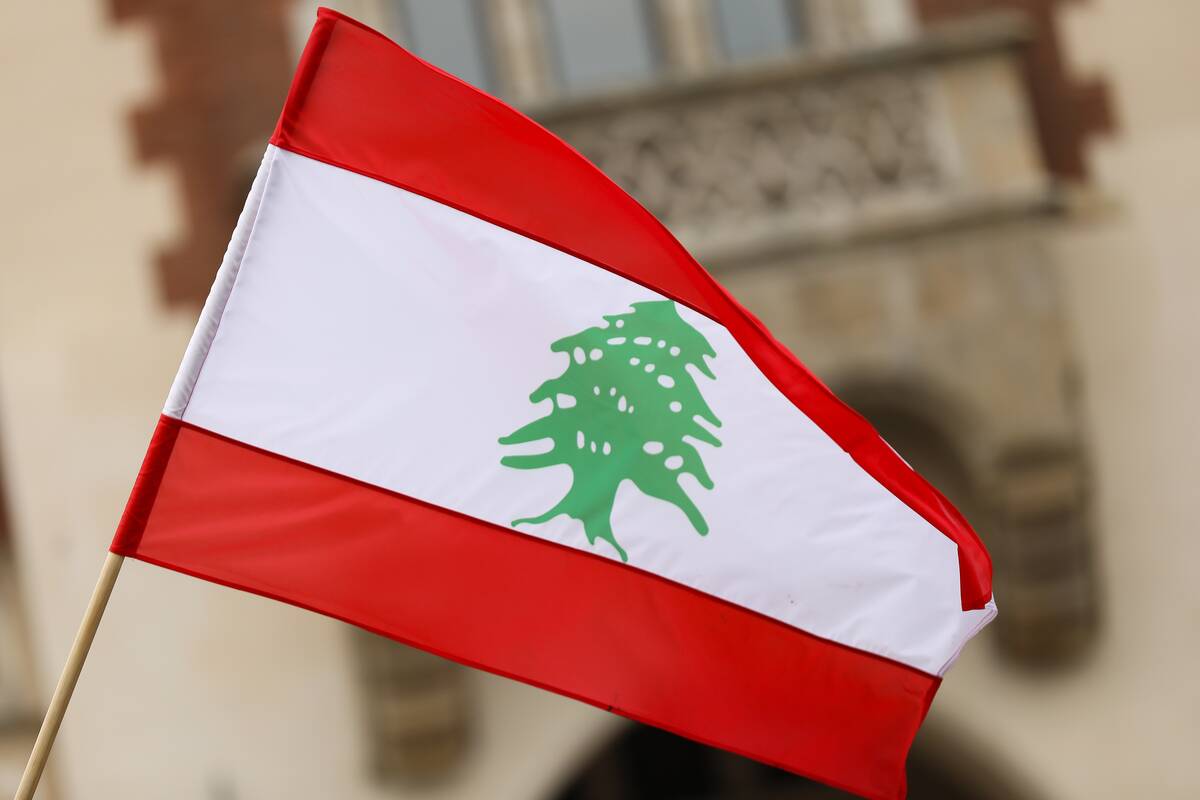
Lebanon’s flag is a symbol of resilience and hope, featuring a green cedar tree centered on white between two red stripes. The cedar, a symbol of holiness and eternity, is deeply rooted in Lebanese history and culture, dating back to the biblical era.
The red stripes represent the sacrifices made for independence, while the white symbolizes purity and peace. This flag reflects Lebanon’s rich heritage and enduring spirit despite challenges.
Turkmenistan: An Intricate Carpet Design
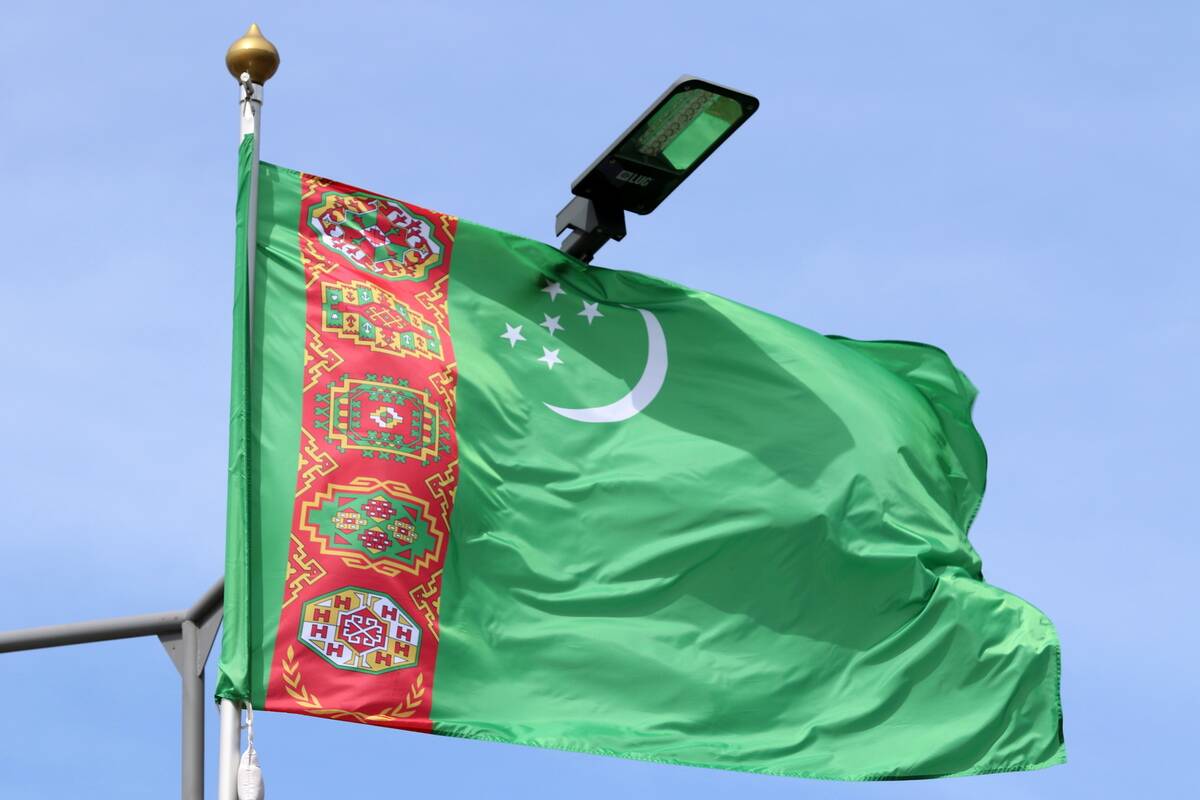
Turkmenistan’s flag is a masterpiece of design, featuring a vertical red stripe near the hoist with five intricate carpet motifs, representing the country’s five major tribes. The green field invokes traditional Turkmen banners, and the crescent and stars signify the nation’s aspirations for a bright future.
The intricate patterns reflect Turkmenistan’s rich tradition of carpet weaving, a craft that has been practiced in the region for centuries, making the flag a tapestry of cultural identity.
Cyprus: A Map on a Flag
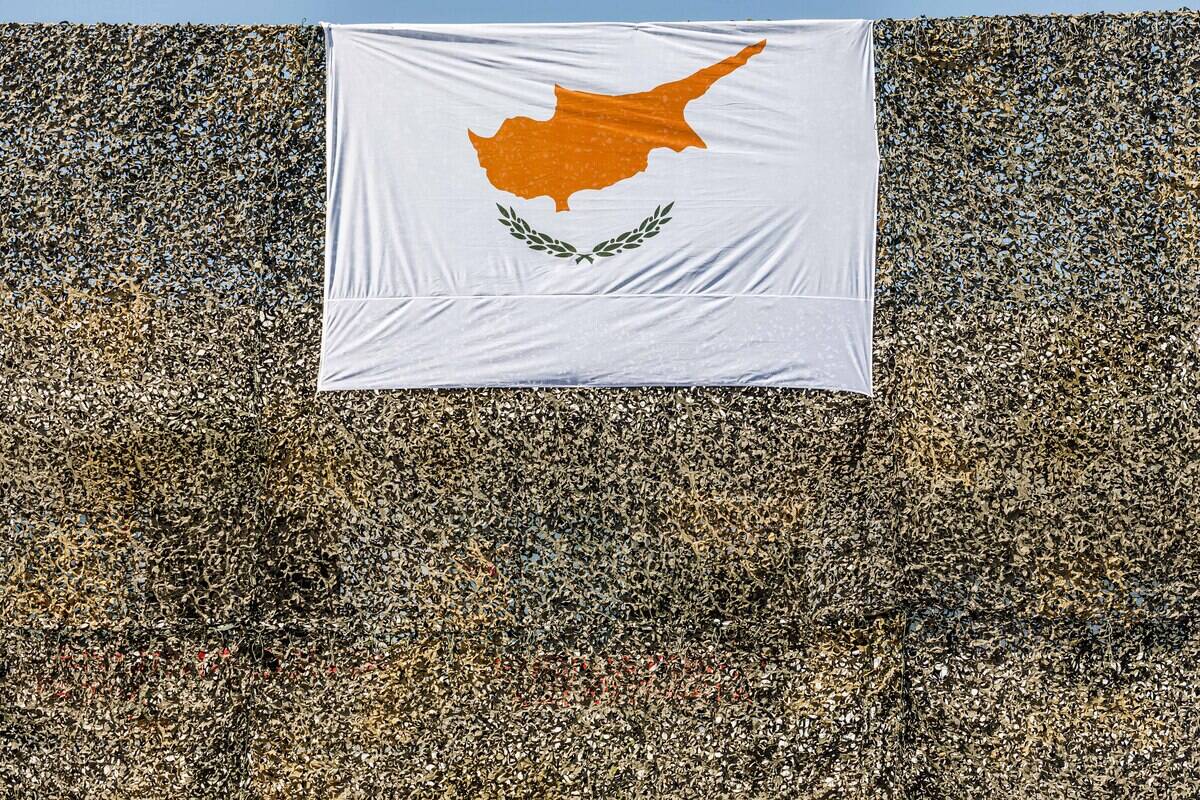
The flag of Cyprus is unique for prominently displaying the island’s map in copper-orange against a white field. This symbolizes the island’s rich deposits of copper, a historical source of wealth.
Below the map, two green olive branches cross each other, representing peace and the desire for harmony between the Greek and Turkish communities. The flag, adopted in 1960, reflects Cyprus’s commitment to unity and peace despite its complex political landscape.
Japan: The Minimalist Approach
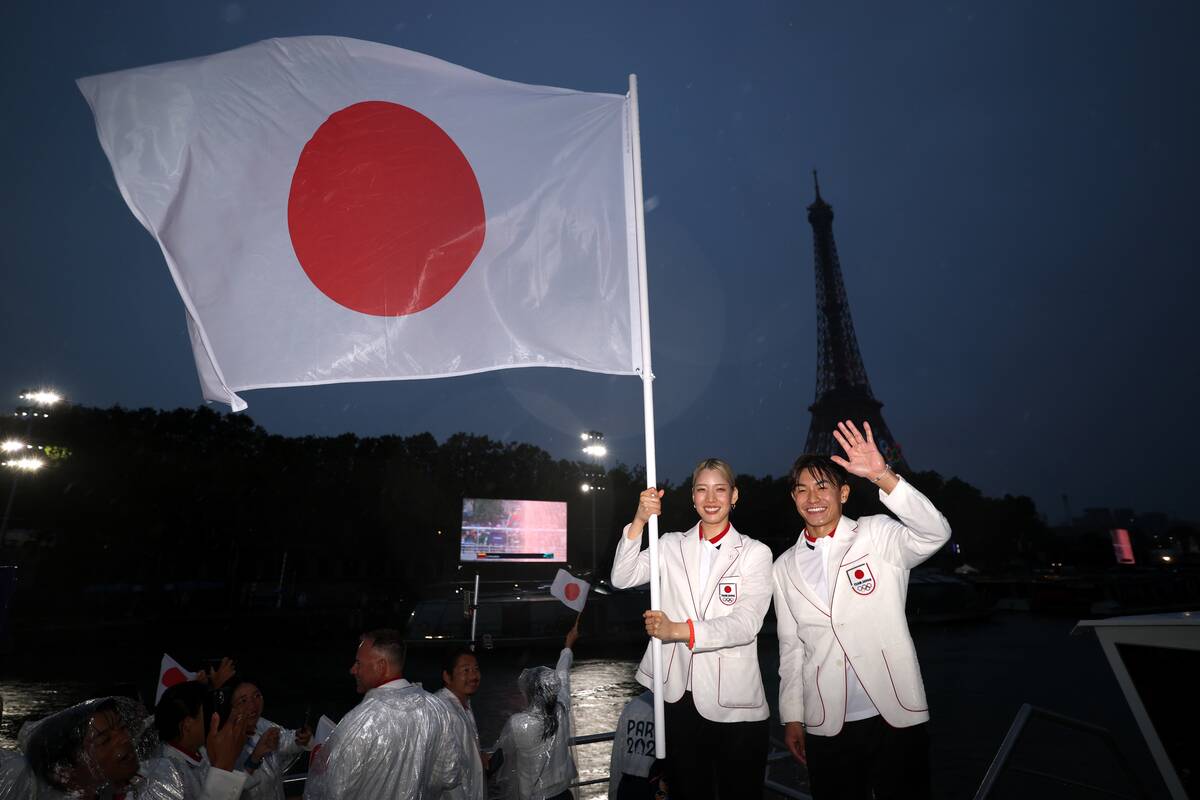
Japan’s flag, known as the Nisshoki or Hinomaru, is a study in simplicity and elegance. Featuring a red circle symbolizing the sun on a white field, the design reflects Japan’s nickname, “Land of the Rising Sun.”
Although the flag is one of Japan’s most internationally recognized symbols, that perception is more complicated within Japan, as some consider it a relic of the nation’s militaristic past. That position has persisted since the end of World War II.
Saudi Arabia: The Flag with a Sword
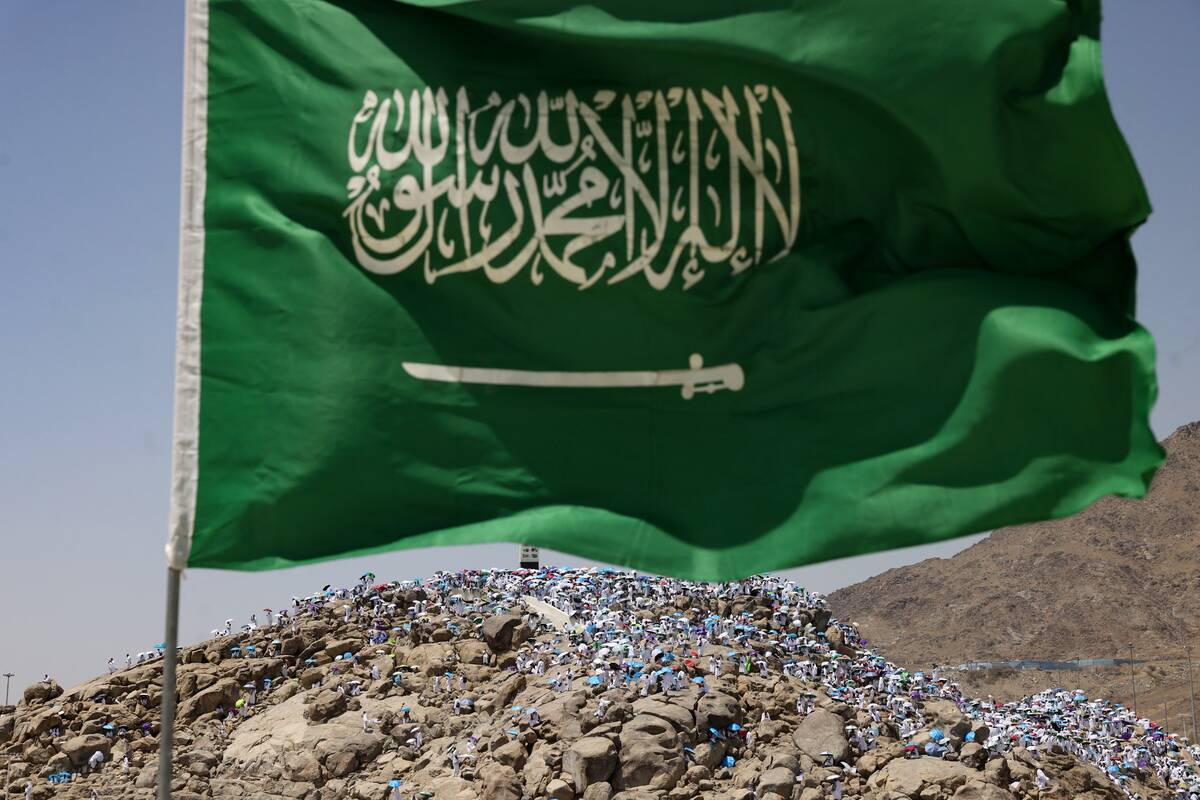
Saudi Arabia’s flag is distinctive with its green field, Arabic inscription, and a sword. The inscription is the Islamic declaration of faith, the Shahada, while the sword symbolizes security and justice.
The green color represents Islam. This flag is unique in that it is never flown at half-mast due to its religious significance, underscoring the deep connection between the country’s governance and its religious roots.
Sri Lanka: The Lion and the Sword
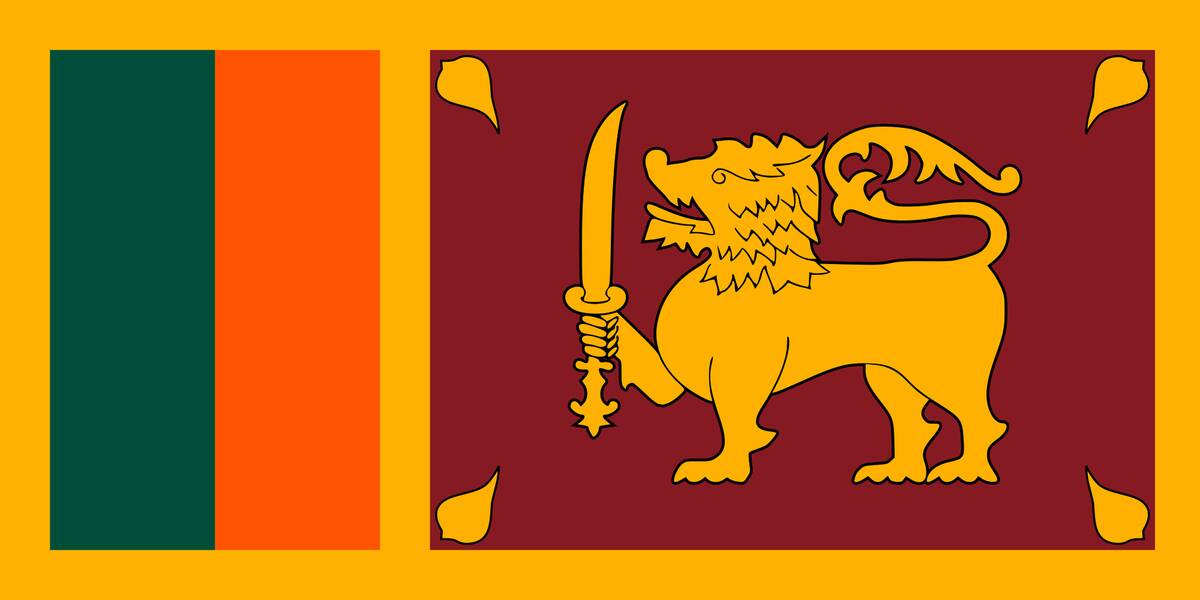
Sri Lanka’s flag is a vibrant tapestry of symbolism, featuring a golden lion holding a sword, set against a crimson background. The lion represents the Sinhalese people and their courage, while the sword signifies sovereignty.
The four bo leaves in the corners stand for the four Buddhist virtues. The green and orange stripes represent the Muslim and Tamil communities, highlighting Sri Lanka’s cultural diversity.
Kyrgyzstan: The Yurt and the Sun
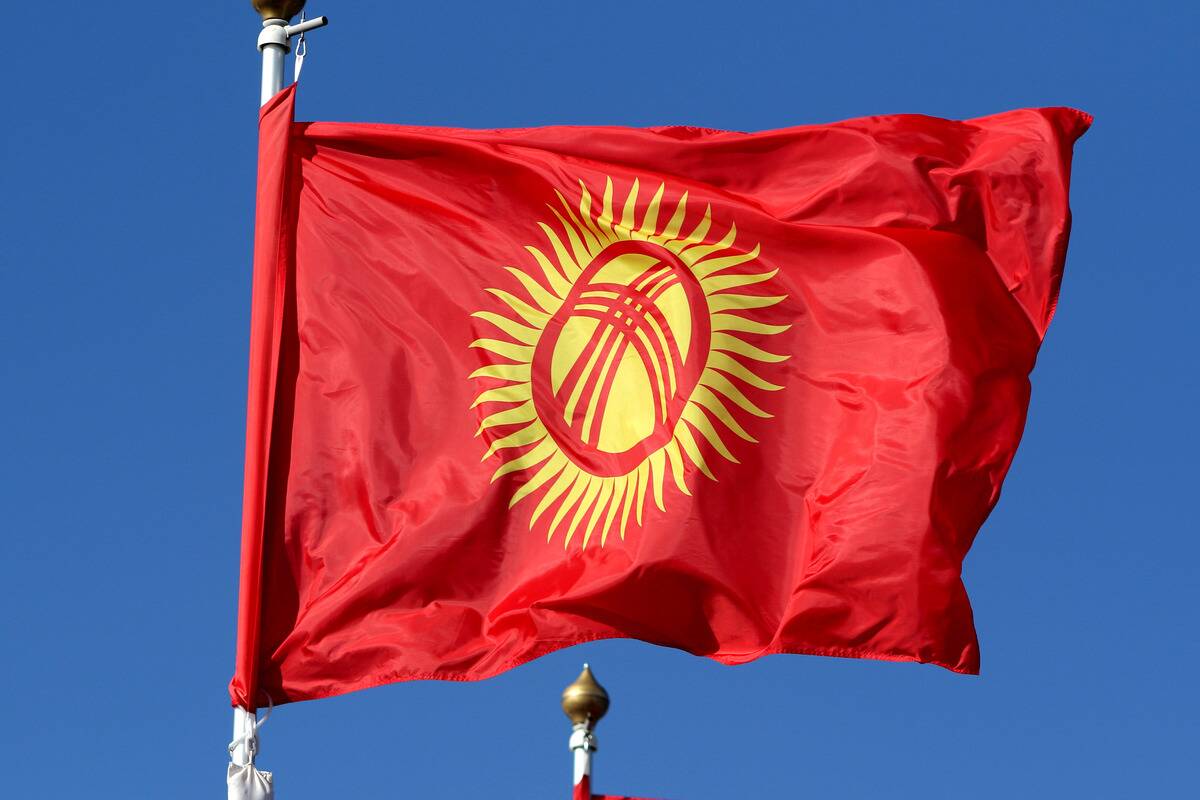
Kyrgyzstan’s flag is a striking red with a golden sun, featuring 40 rays and a tunduk, the crown of a yurt, at its center. The red symbolizes bravery and valor, while the sun represents peace and prosperity.
The 40 rays symbolize the unity of the 40 tribes that united to form the nation. The yurt, a traditional nomadic dwelling, reflects the country’s rich cultural heritage and the importance of family and community in Kyrgyz society.
South Africa: A Rainbow of Diversity
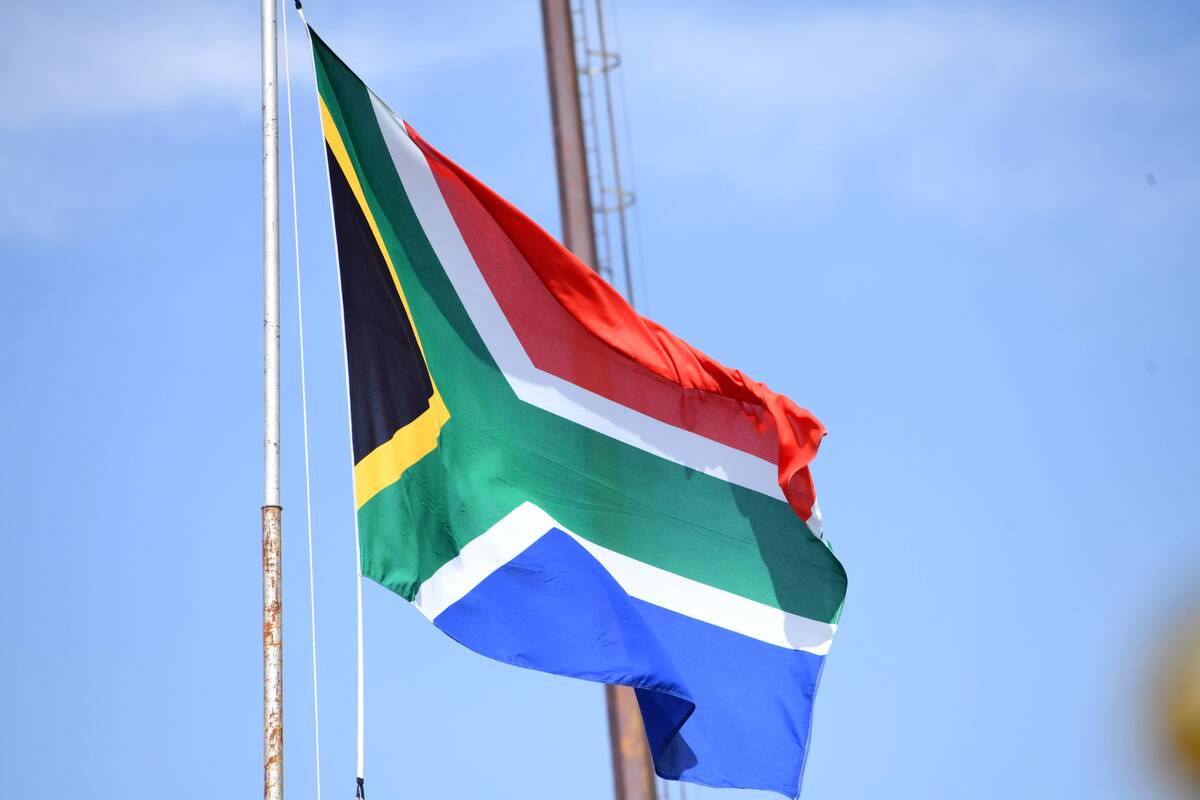
South Africa’s flag is a vibrant symbol of unity and diversity, featuring a “Y” shape with black, green, yellow, white, red, and blue. Adopted in 1994, it represents the country’s transition from apartheid to a unified democratic nation.
The “Y” symbolizes the convergence of diverse elements within South African society, coming together to form a unified path forward. The colors reflect the nation’s rich heritage, including elements from the African National Congress and the Dutch and British colonial flags.
Mexico: The Eagle and the Serpent
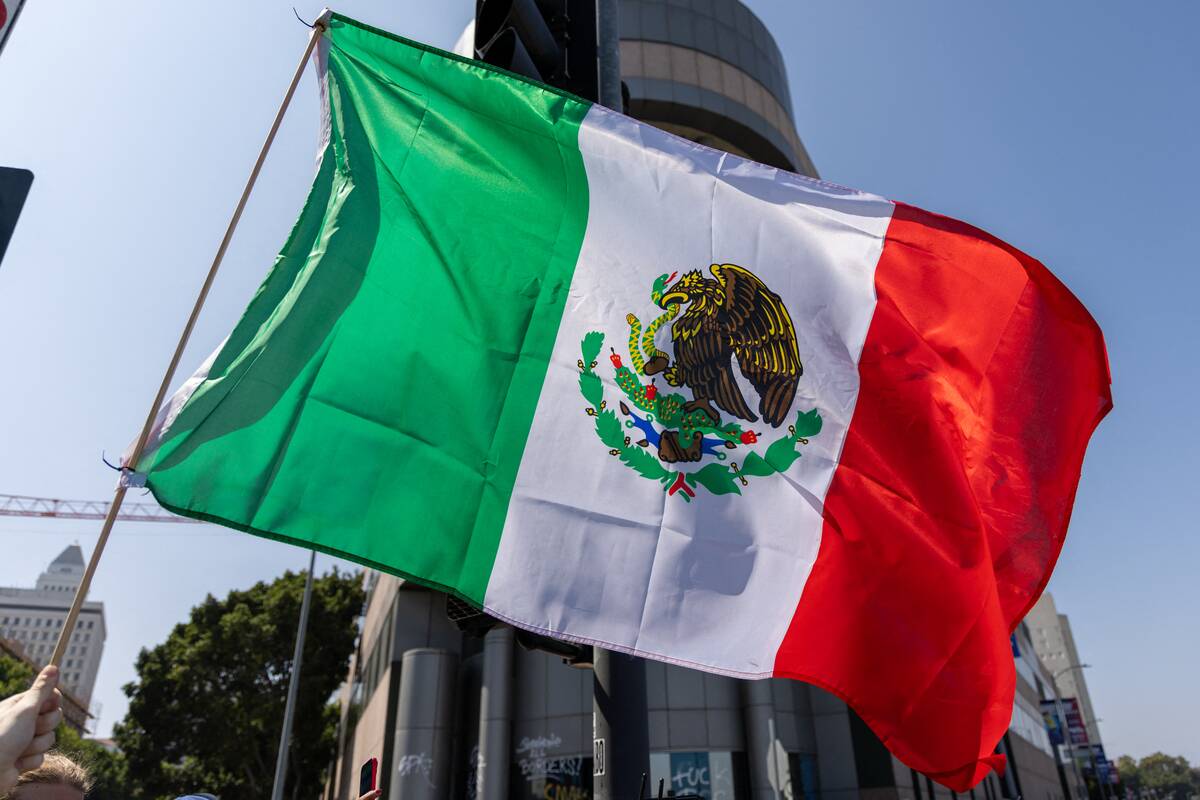
Mexico’s flag is a vibrant emblem of history and legend, featuring an eagle perched on a prickly pear cactus, devouring a serpent. This imagery is rooted in Aztec mythology, symbolizing the founding of Tenochtitlán, now Mexico City.
The flag’s green, white, and red stripes have had their meanings change over time but roughly stand for independence, unity, and the blood of national heroes, respectively. The eagle and serpent motif is a powerful representation of the country’s indigenous heritage and resilience.
Brazil: The Starry Night
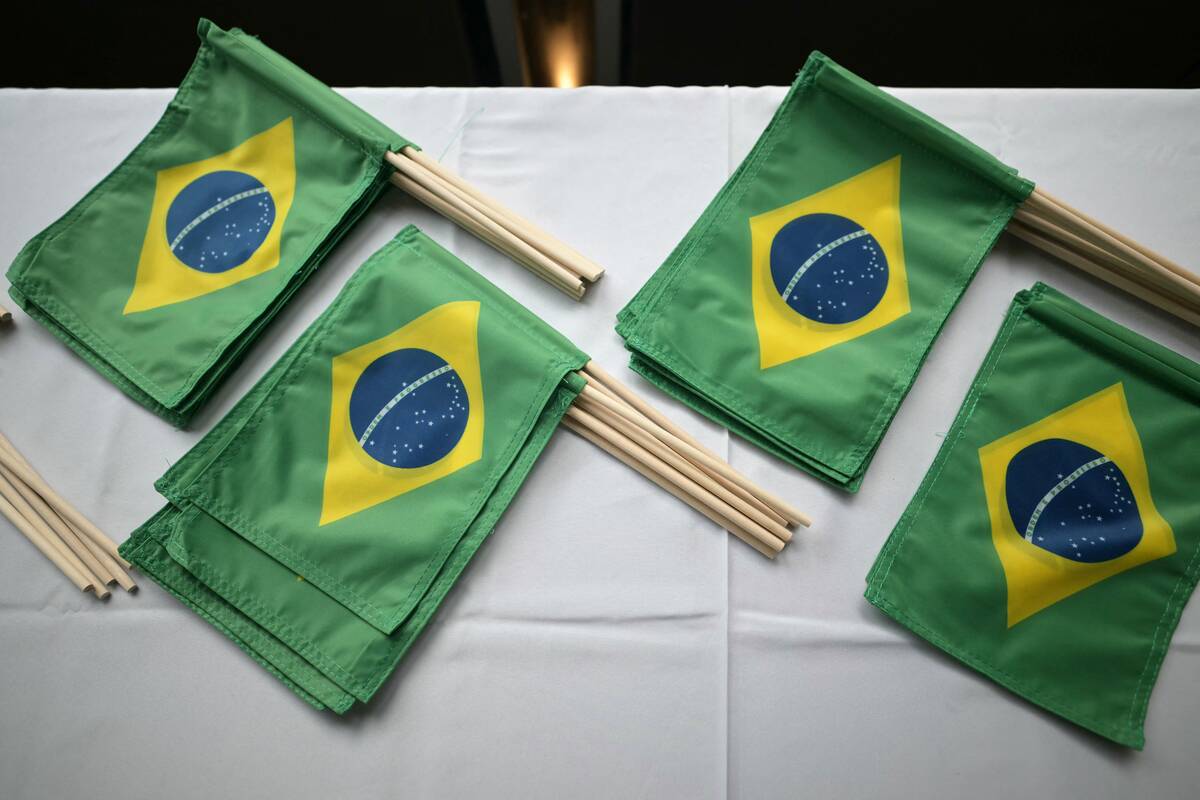
Brazil’s flag is a celestial celebration of the nation’s natural beauty and aspirations. The flag features a globe with 27 stars arranged to represent the night sky over Rio de Janeiro on November 15, 1889, the date of the country’s independence proclamation. The number of stars reflects the number of states in Brazil.
The stars are arranged in the Southern Cross constellation, symbolizing the country’s geographic location. The green field and yellow diamond are historical reflections, representing the House of Braganza and the House of Habsburg, respectively.
Kazakhstan: The Eagle and the Sun
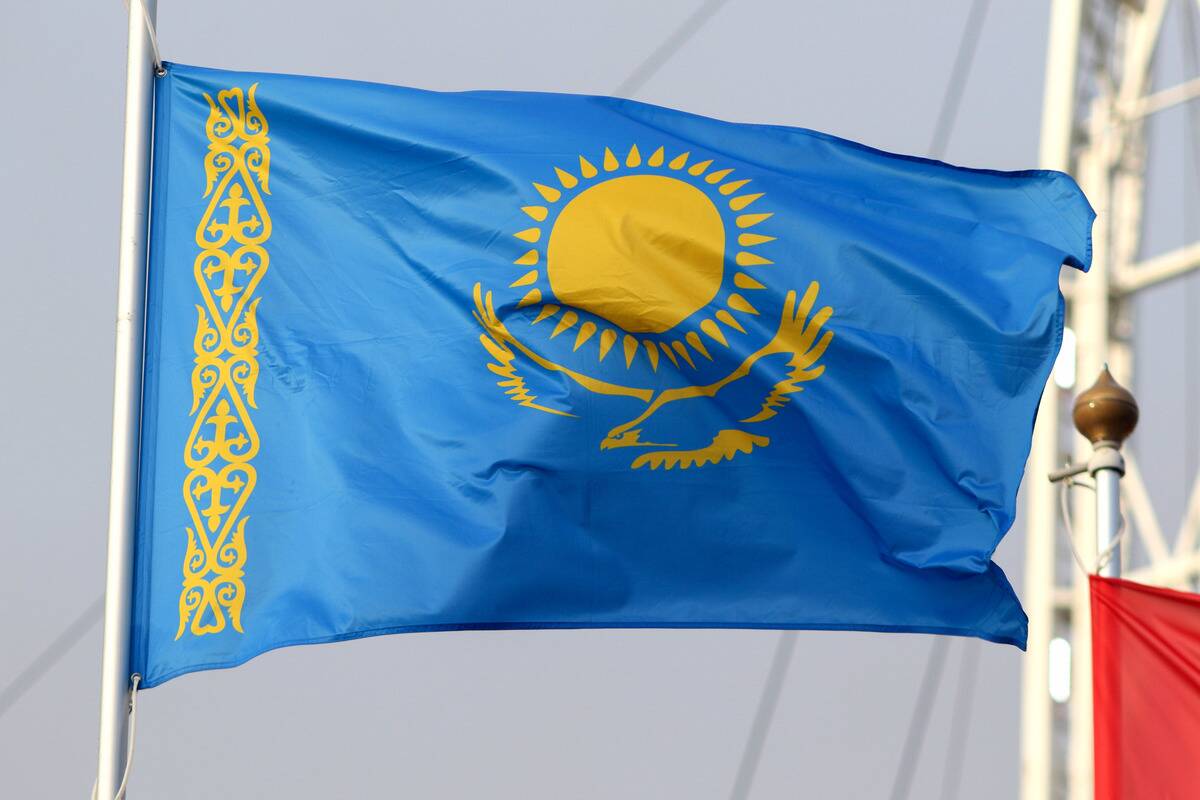
Kazakhstan’s flag is a symbol of freedom and the country’s vast steppes. It features a golden sun with 32 rays above a soaring steppe eagle, set against a sky-blue background.
The sun represents abundance and energy, while the eagle is a symbol of independence and freedom. The blue has religious significance for the Turkic peiople, while the ornamental pattern along the hoist reflects traditional Kazakh art. Together, these elements express the nation’s cultural heritage and its aspirations for a bright future.
Wales: The Red Dragon’s Roar
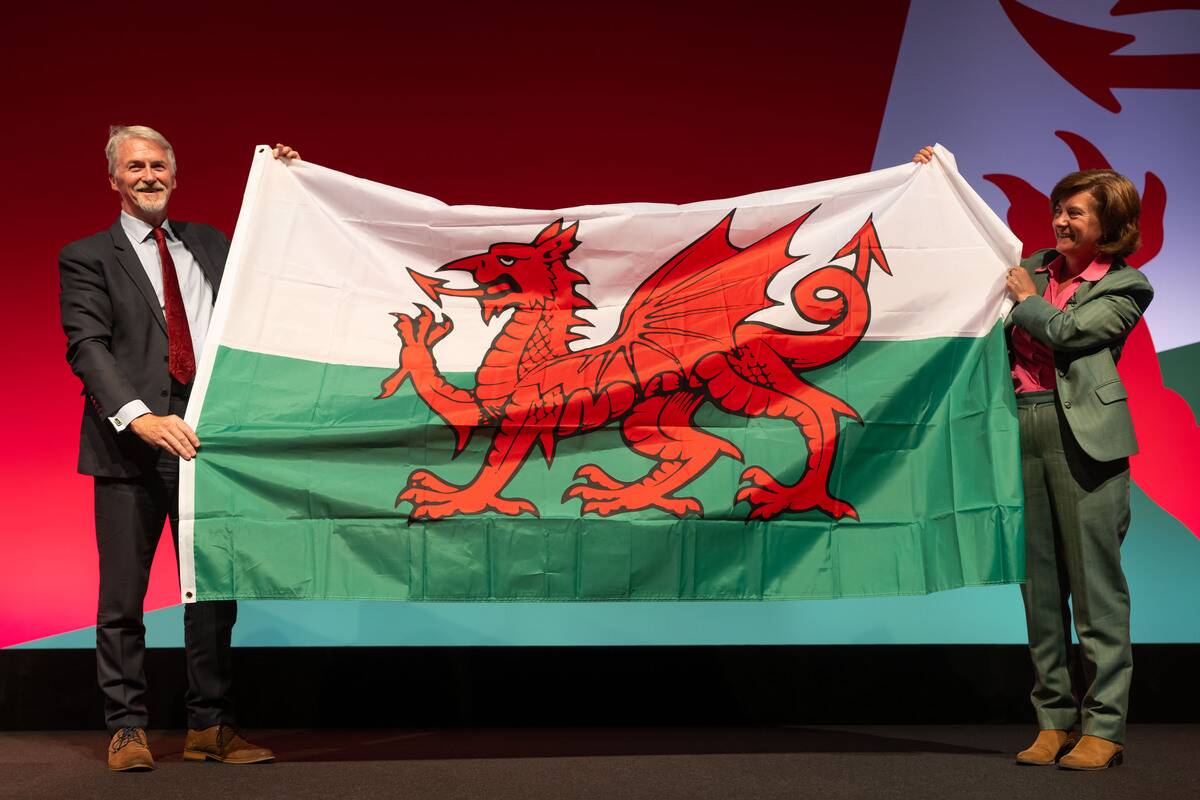
Wales’s flag, known as Y Ddraig Goch, features a formidable red dragon against a green and white background. The dragon historically symbolizes independence and is deeply rooted in Welsh mythology and folklore.
The green and white colors were added by the House of Tudor, reflecting harmony between the native Welsh and the English. This flag is a powerful emblem of Welsh identity, representing the nation’s rich history and cultural pride.
Greenland: The Iceberg and the Sun
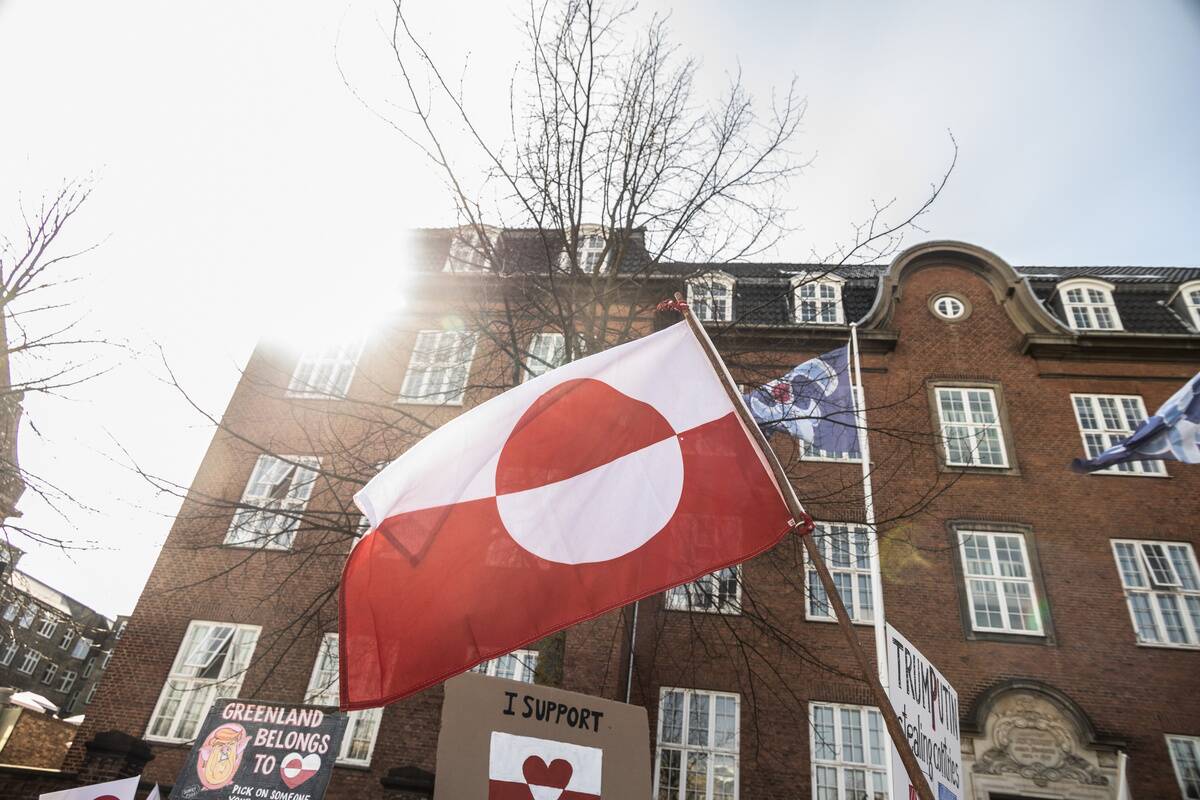
Greenland’s flag, known locally as Erfalasorput, is a striking representation of the natural elements that define the island. Featuring two horizontal bands of white and red, it includes a red and white circle offset to the hoist.
The circle represents the sun setting over icebergs, symbolizing Greenland’s rugged landscape and the indigenous Inuit culture. This flag reflects the unique identity of Greenland, celebrating its connection to both the land and the sea.



